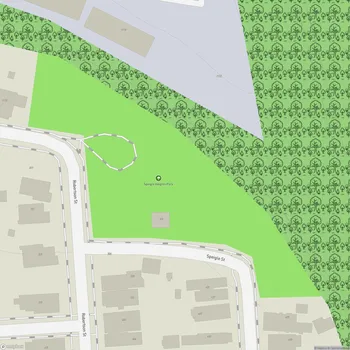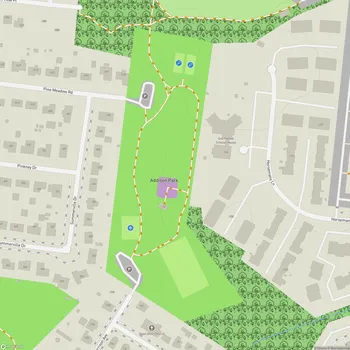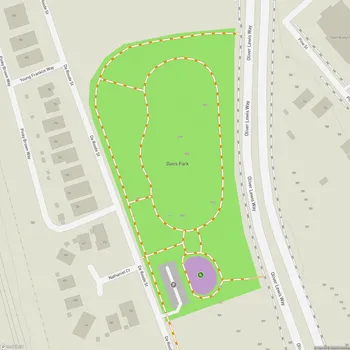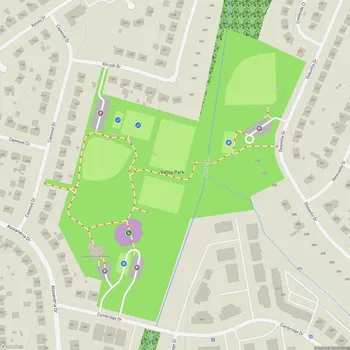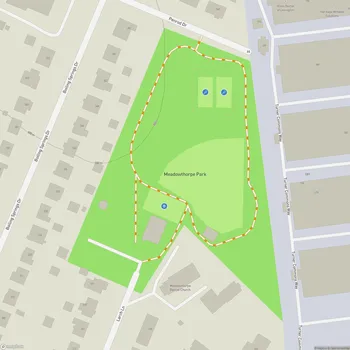McConnell Springs
McConnell Springs Map
About McConnell Springs in Lexington
McConnell Springs Park is a 26-acre natural area located in Lexington, Kentucky. The park holds significant historical importance as the site where Lexington was named in 1775. Early settlers, including William McConnell, established a camp at the springs and chose to name it after Lexington, Massachusetts, in honor of the first battle of the American Revolutionary War.
The park features unique karst topography, characterized by limestone bedrock that has been dissolved by water over time, creating sinkholes, underground streams, and springs. The most notable environmental feature is a complex system of sinking springs. McConnell Springs is the only known site in Fayette County with a series of artesian springs that surface, go underground, reappear, flow on the surface, and then disappear underground again, resurfacing about a third of a mile away.
There are three major natural springs within the park. The Blue Hole, the first spring, is named for its blue appearance caused by its 15-foot depth. The Boils, the second major spring, gets its name from the way water rushes up from underground after heavy rain, making it appear to be boiling. The Final Sink is where all the water from the park flows into a sinkhole before resurfacing elsewhere.
McConnell Springs Park offers nearly two miles of hiking trails, including a half-mile paved loop that makes the park accessible to most visitors. The park also houses an education center that provides information about the site's history and ecology. Throughout the years, the property has been used for various purposes, including farming and industrial activities, remnants of which can still be seen in the form of stone fences, a barn foundation, and the remains of an old dam and creamery.
In the early 1990s, after years of neglect and industrial dumping, the community of Lexington decided to restore McConnell Springs as a historic site and nature education center. The park was cleaned up, preserved, and opened to the public in 1994. Today, it serves as a sanctuary for wildlife and a peaceful retreat for visitors, offering a unique blend of natural beauty and historical significance within an urban setting.
